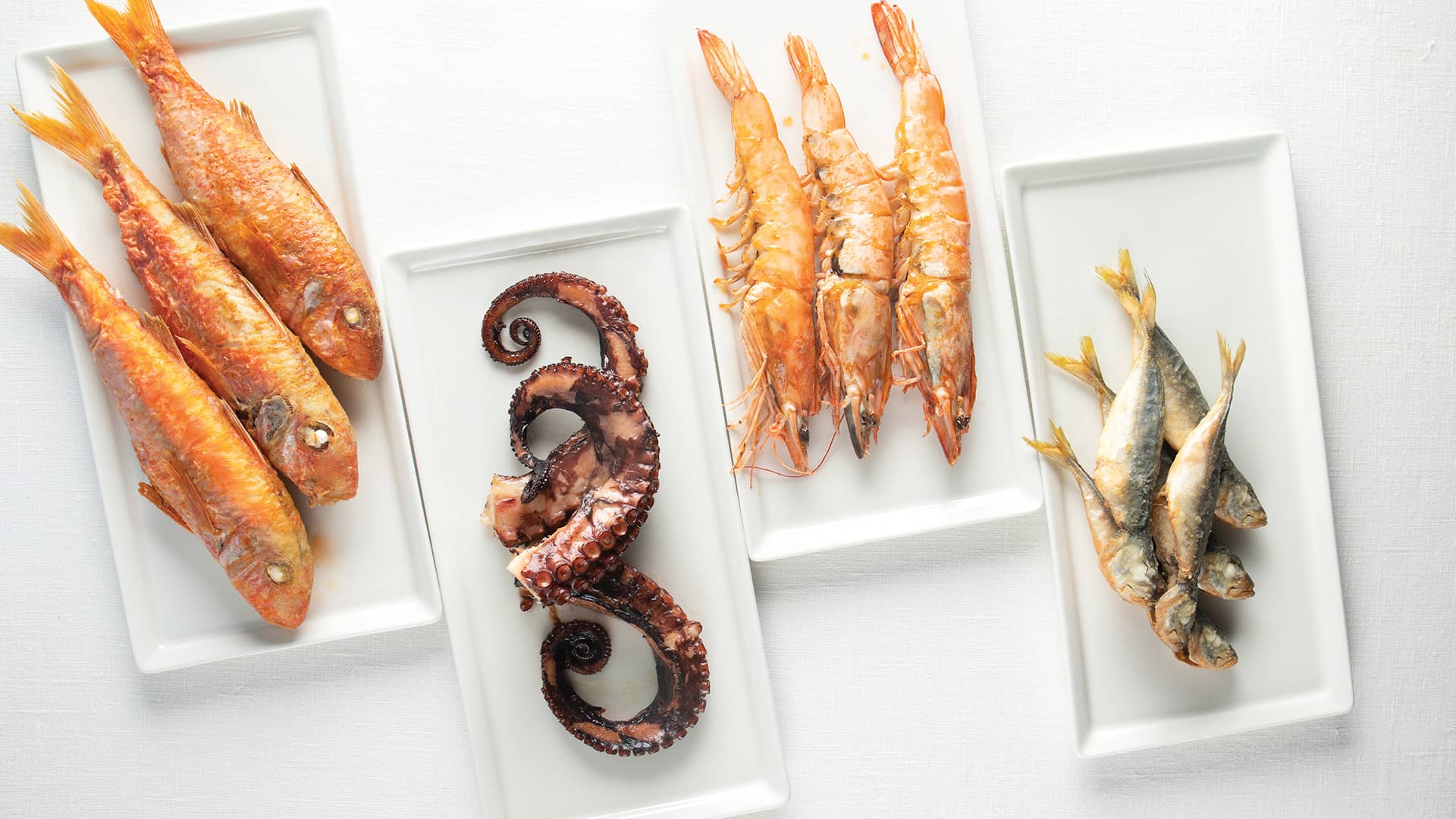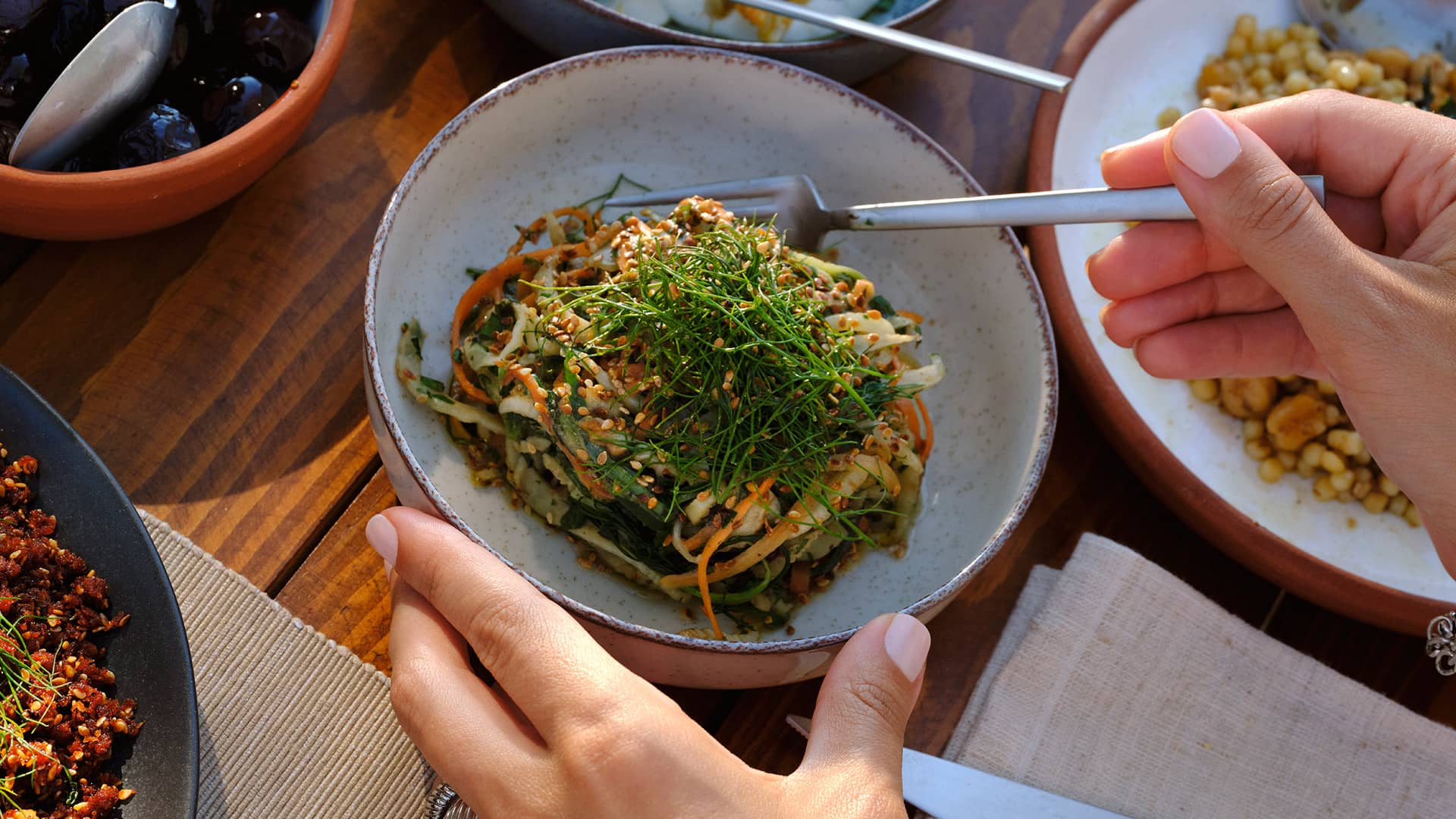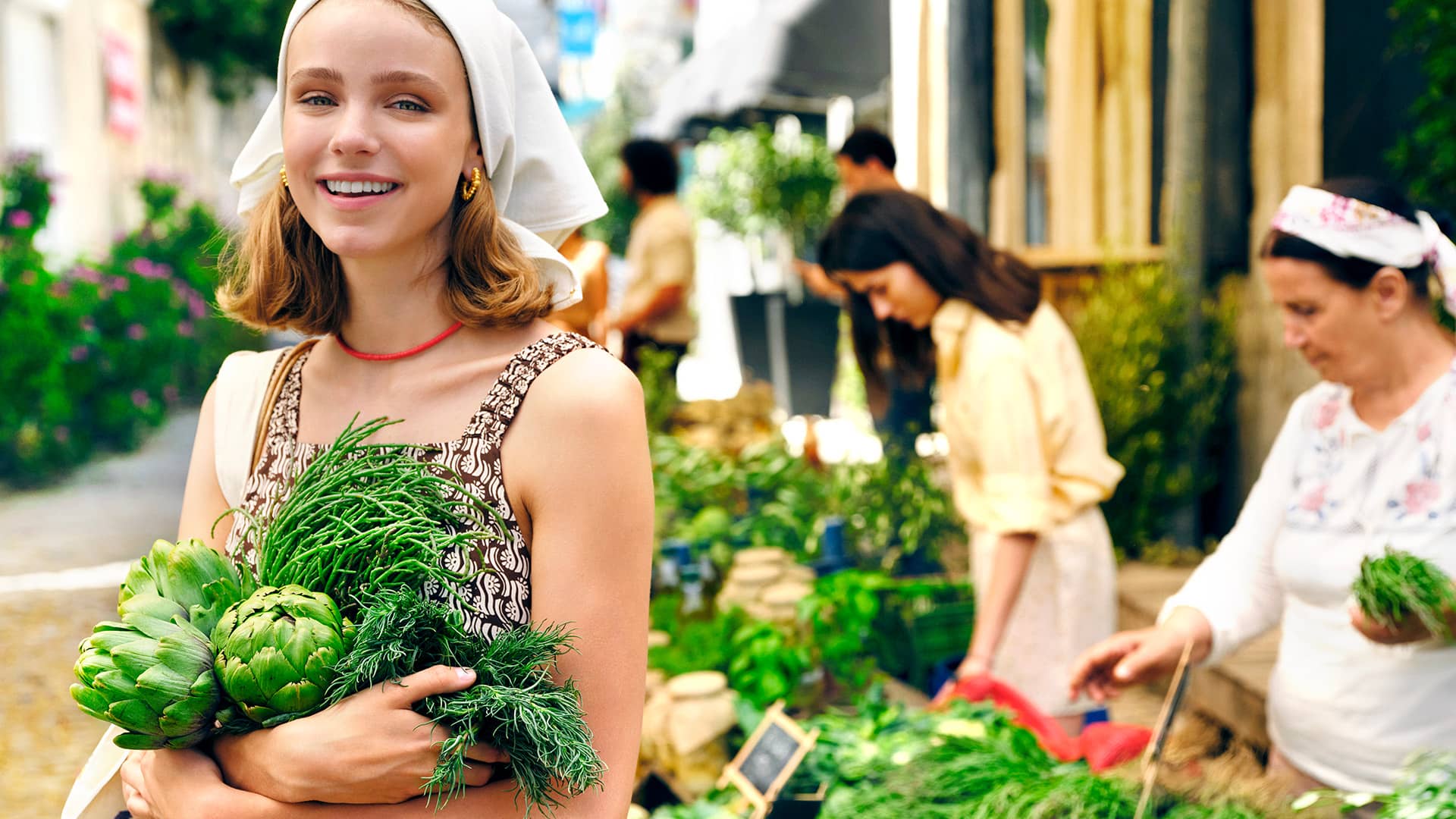

experiences
Gastronomy
We are in Assos, a peaceful town of Ayvalık, in the north of Türkiye’s Aegean region, south of Çanakkale. Assos is an old settlement with plenty of oxygen and natural wonders dating back to the Bronze Age. Aristotle, in fact, chose Assos to establish his school of philosophy. Assos is an earthly paradise by virtue of its geography, history, and cuisine!
An Aegean breakfast with lots of herbs and fresh vegetables will be waiting for you at the start of the day. Then, you can spend your day lying on the golden sand and swimming in the turquoise waters. Kadırga Cove is a popular destination in Assos for sunbathing and swimming.
Seafood is a must for dinner. Following an afternoon snack of midye dolma (fresh mussels stuffed with rice), you can choose a grilled octopus for dinner. There is no doubt that you will find the freshest octopus in Assos. A walk after dinner can be accompanied by delicious local ice cream.
Local attractions not to be missed are the ancient city of Assos, which is like an open-air museum, the ancient harbour, and the narrow streets of the village of Behramkale which are filled with historical houses.
Let's leave Assos and stop by the village of Adatepe, located a few miles east. Adatepe is a small Aegean village, famous for its historical stone houses, at the foothills of Kazdağları (Mount Ida). At the Adatepe Olive Oil Museum, you can learn all about olive oil production that has been flourishing in the region for almost a century, and you can taste fresh olive oil. You should also try Aegean herbs cooked and/or served with locally produced extra virgin olive oil.
We leave Çanakkale Province for the province of Balıkesir. Our first destination is Edremit which is at the tip of a gulf with the same name (Gulf of Edremit). It is located between Assos and Ayvalık. Edremit faces the bay with its back lying on Kazdağları. In ancient times it was known as Pidasus and Adramis.
The local cuisine is extremely healthy with lots of Aegean herbs and fresh vegetables which are served throughout the day for breakfast, lunch, and dinner.
Green herbs served with fresh tomatoes, peppers, and cucumbers form the basis of a typical breakfast in Edremit. Local Ezine peyniri (white cheese) served with the olives and olive oil of the region is a staple of local breakfasts.
Before lunch, we recommend relaxing at the Güre and Derman Thermal Springs. Or, perhaps spending some time at the golden beaches, swimming and sunbathing.
There are many options for lunch. Ot kavurma, local herbs sautéed in olive oil, is a very special dish which showcases the taste of fresh olive oil. You can have kıymalı semizotu (fresh purslane cooked with minced meat) as a healthy and filling main course. The local dish börülce (cowpeas) can be enjoyed both as a salad and a main dish. Şevketibostan (St. Benedict’s thistle) is an endemic plant of the Aegean region which is not easy to taste elsewhere.
We have two recommendations for places to visit before dinner. The first is Hasanboğuldu and Sütüven Waterfalls, and the second is Şahindere Canyon in Kazdağları National Park.
What about dinner in a small, chic restaurant in Edremit? We recommend arapsaçı (fennel) cooked with lamb. If you’re not a fan of herbs, you can try saçaklı mantı, a local speciality made with fresh noodles and shredded chicken. You have two options for dessert: zerde, a type of rice pudding with saffron, or höşmerim, a typical dessert of the region made with fresh cheese.
Our next destinations are Ayvalık and Cunda Island. Ayvalık is a quiet holiday destination on southwest of Edremit Bay. The town has all the characteristics of an Aegean town: a quiet and clean sea, Blue Flag beaches, dinners with lots of mezes... Yet, what comes to most people’s minds when they hear “Ayvalık” is Ayvalık tostu. This special toast is a combination of local cured meats such as sucuk, sausage, salami, pickles, and other fillings. The hearty toast can be eaten for lunch, dinner, or as a snack.
Cunda Island, or Alibey Island, is a small village a few minutes’ drive from Ayvalık and promises you an unforgettable dinner. There is a great variety of alcoholic drinks to choose from depending on the meal, but rakı is different! Rakı is the star of the table - that is to say, the meal is to be chosen to be paired with rakı. Rakı is generally served with fish and mezes. Cunda is the ideal, much preferred location for “rakı sofrası” (rakı table).
Papalina, also known as sprat, lives exclusively in this region. That's why its best friend is rakı! Papalina does not keep company with many foods but rakı does. Mezes are usually prepared with fresh Aegean herbs and/or vegetables. Lots of mezes, prepared daily, will be waiting for you in local restaurants called “meyhanes” in Cunda.
You should spare a few days for Ayvalık and Cunda. Some places not to miss for swimming and sunbathing are Sarımsaklı Beach, Badavut Coast, and Ortunç Cove. You will need half a day to visit Ayazma Church and Aya Nikola Church in Ayvalık. And of course, the sunset... You should watch the stunning sunset in Ayvalık at least once in your life!
For our last destination on this route, we are going a bit south. We are on the northern part of the Aegean coast in Bergama.
Bergama (Pergamum) is a UNESCO World Heritage Site. Pergamum was a very important cultural centre in antiquity and was the capital of the Kingdom of Pergamum. Numerous well-preserved structures and sites from the past survive which include the Pergamum Acropolis, the Sanctuary of Asklepius, and the Red Basilica (known in Turkish as “Kızıl Avlu”). The Bergama Museum houses many of the findings from the excavation around Bergama.
Not to be missed is Türkiye’s longest-running outdoor market area Bergama Arasta (Ottoman Bazaar). A team which gathered on Atatürk’s order for promoting Bergama re-established this historical bazaar in 1937 and made it famous in the whole country.
The district north of İzmir has a rich history and cuisine. In fact, there is a meatball named after this district: Bergama köftesi. You can try it - for lunch or for dinner – at the small restaurants in Bergama. Do not forget to order piyaz (white bean salad with onion, parsley, and sumac) and ayran to accompany your meal!
Another famous dish in Bergama is patlıcan çığırtma - eggplants cooked over low heat with a generous amount of fresh tomatoes and local olive oil. Patlıcan çığırtma is generally preferred for dinner.
At a typical breakfast here, Bergama tulumu has the place of honour. This unique cheese, mostly made of ewe's milk and aged in a sheepskin sack, is known and consumed all around Türkiye. You can find the best Tulum cheese in Bergama – make sure to enjoy it at breakfast alongside fresh vegetables and herbs, and a hot cup of Turkish tea!






